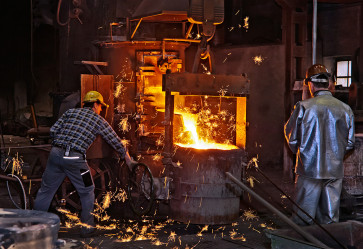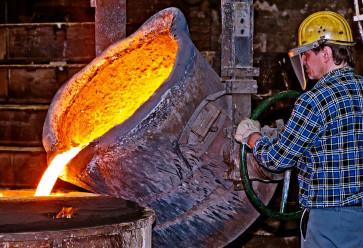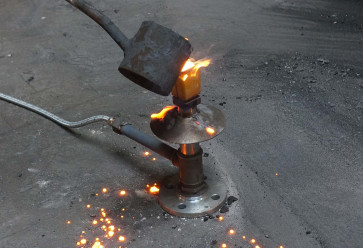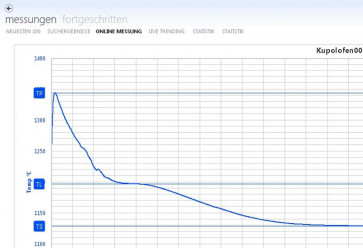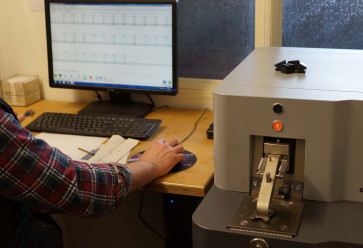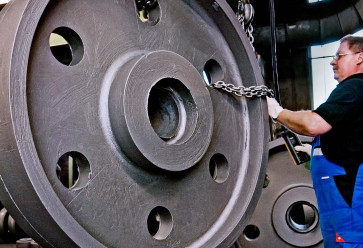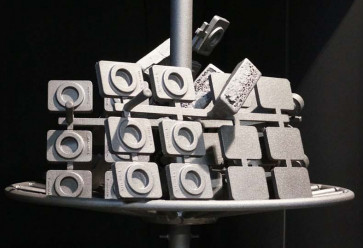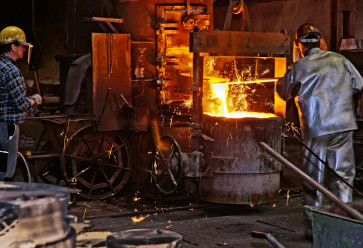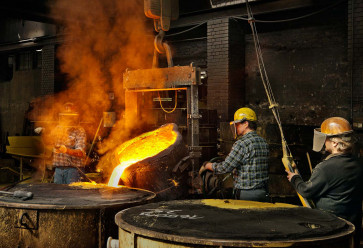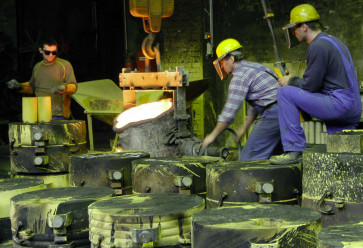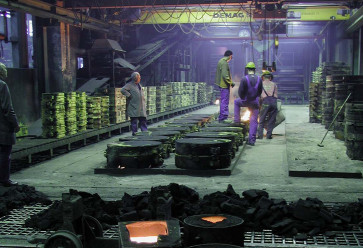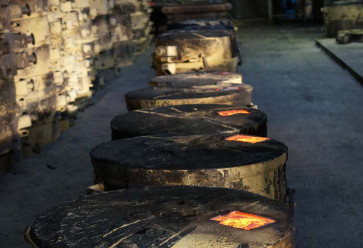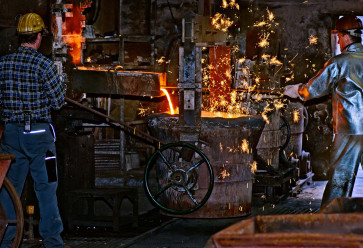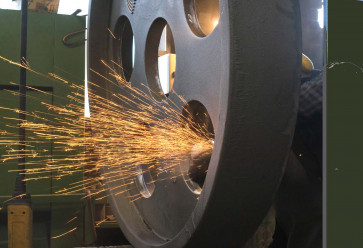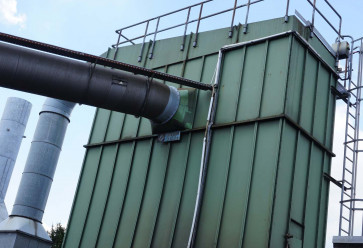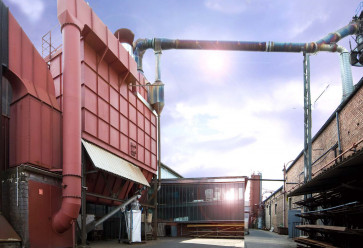Melting shop, casting post-processing, analysis
Smelting process
In cast iron production , the melting technique used is of particular importance. Our smelting plant consists of a cold -wind cupola with oxygen enrichment and achieves a capacity / output of up to 6 tons of casting per hour. A cold -wind cupola is a blast furnace fired with blast- furnace coke, in which pig iron, cast iron, steel scrap and various aggregates are used as main constituents for the production of lamellar cast iron.
The optimum carbon content of the cast iron is ensured by the right ratio between coke, cast iron and scrapped steel . Inside the furnace , temperatures of approx. 1,500 ° C are reached.
By using blast furnace coke as an energy source, the independence of electrical energy and the associated EU levies is achieved . This ensures long-term economic efficiency.
Analysis and control of the melt
Permanent sampling and analysis - already from the melt - ensure optimum process reliability and excellent casting quality.
The quality achieved can be logged and documented on the basis of additional analyzes. Our casting quality monitoring by means of spectral analysis uses the latest analysis technology from manufacturers Heraeus and Spectro. Additional testing of material properties can be carried out by independent certified examining bodies if required.
Close cooperation with the supervisory authorities and compliance with environmental standards are standard procedures for us. Our smelting plant and the filter and dedusting technology have recently been completely renewed as part of a revision and thus comply with current economic and environmental standards.
Cast post processing
The slow cool down process of the cast component in the forms (depending on the mass about 24 to 72 hours) minimizes residual stress in the component.
To avoid damage every cast component is manually removed from the form and checked on defects. To preserve resources the molding sand is processed and reintegrated in the molding process.
In the blasting shop sticking molding material and impurities on the cast piece are removed with cut wire beaming. This results in a metallic clean surface. Afterwards the raw pieces are manually deburred and slurred to guarantee an optimal, modern, mechanical processing.
If required by the costumer, the cast pieces can undergo a terminal post
treatment.
Examples
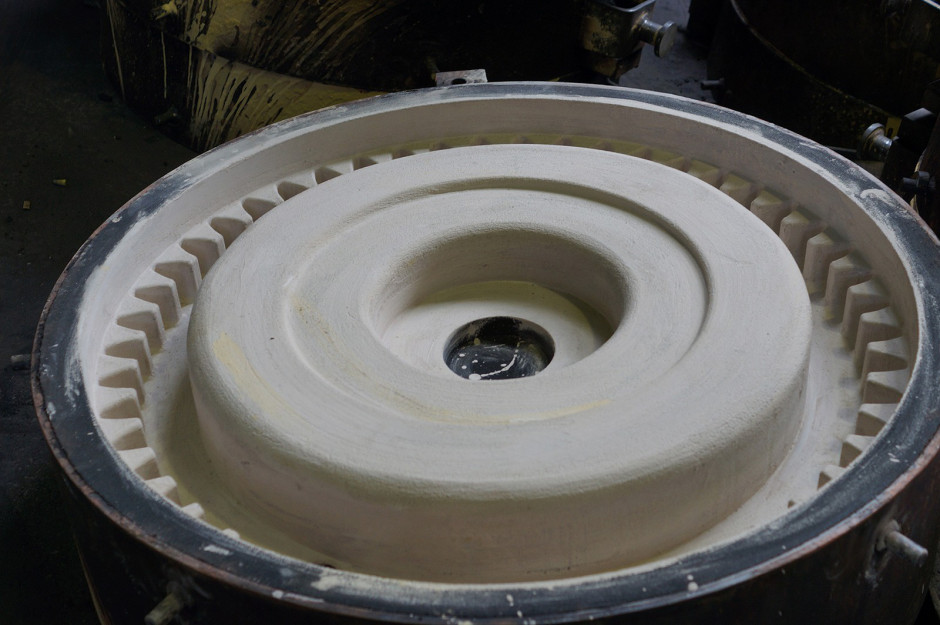
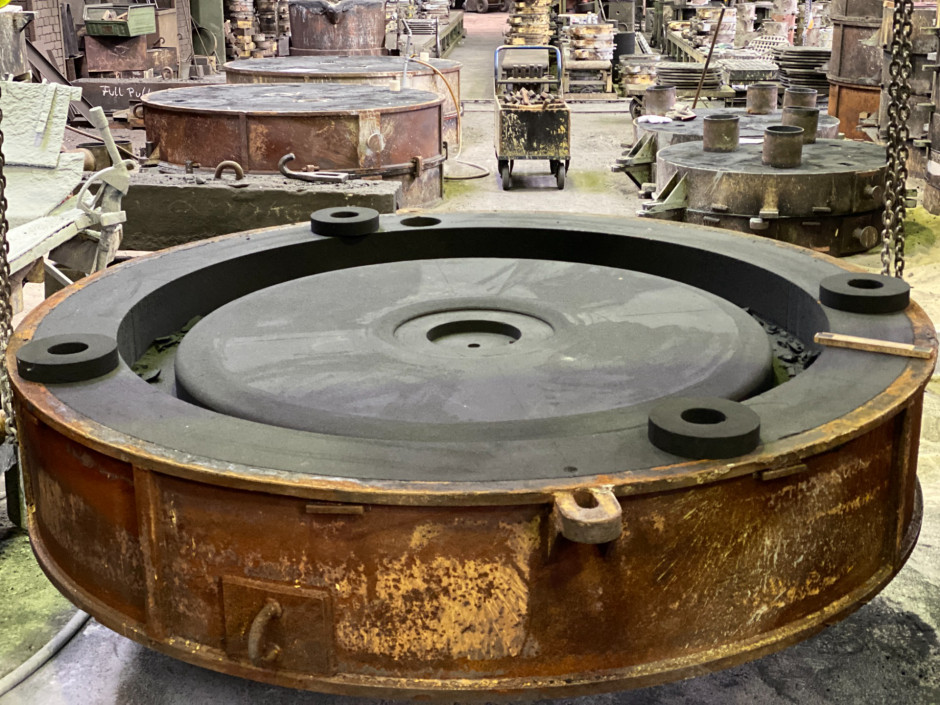
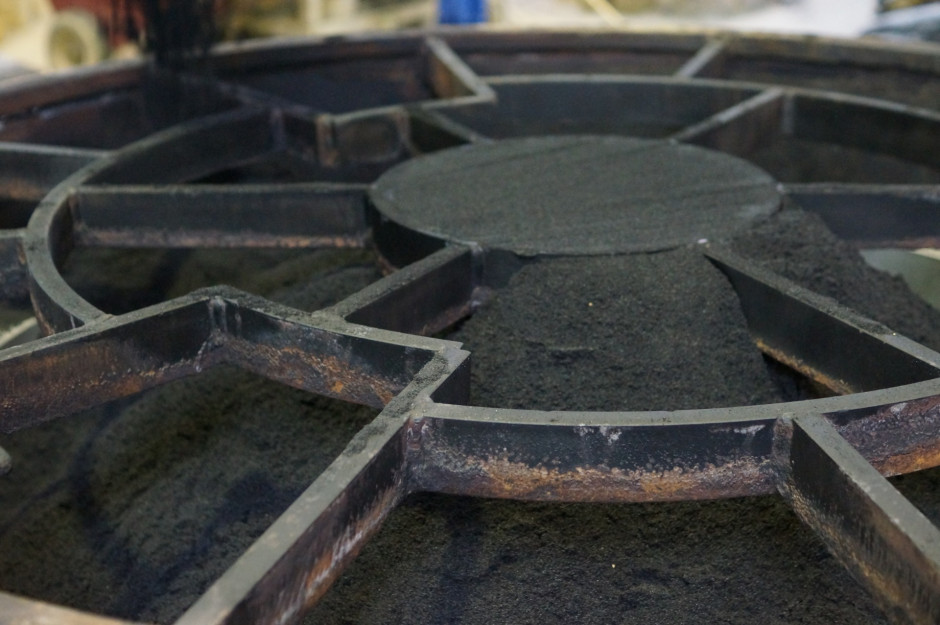
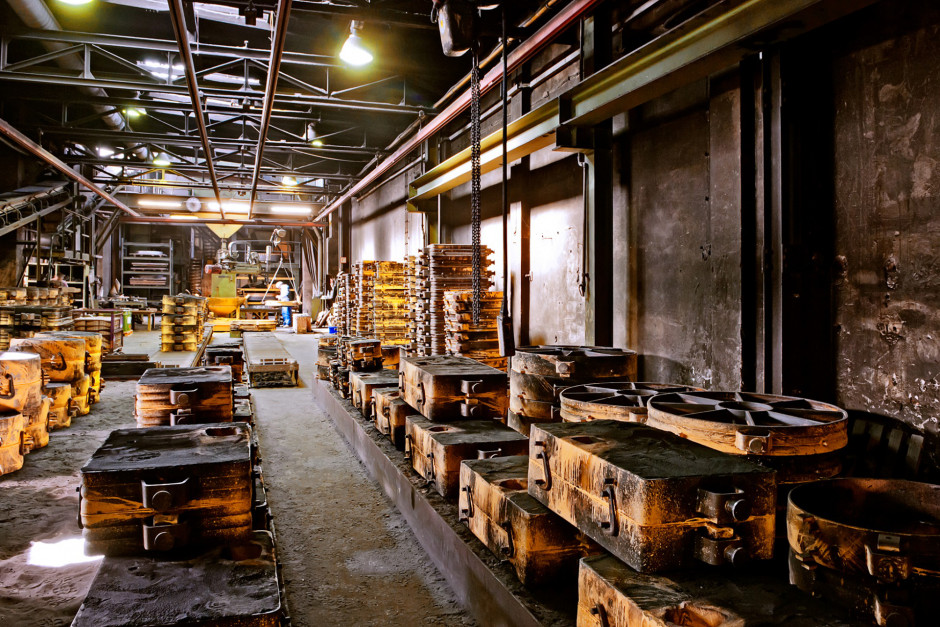

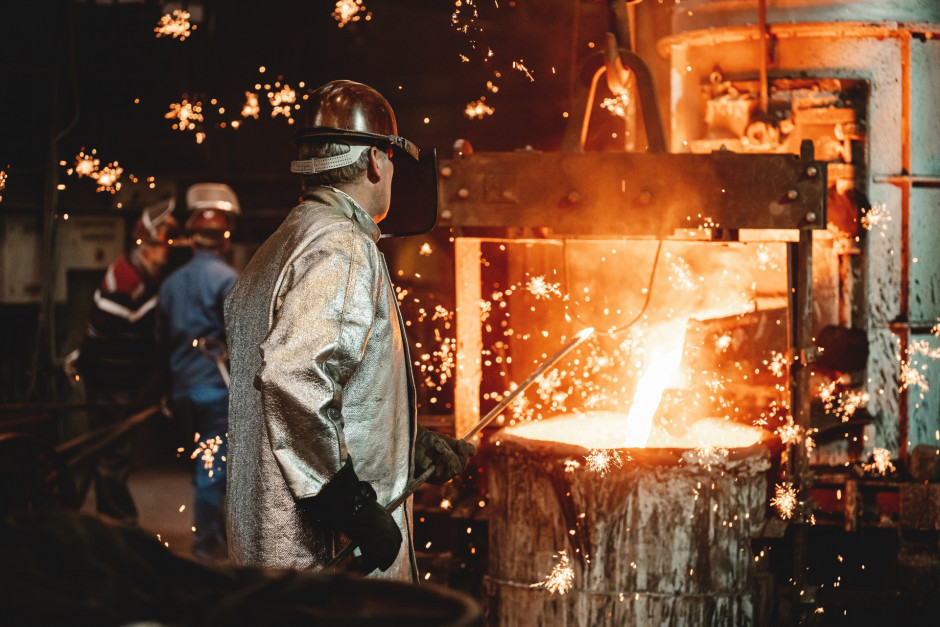
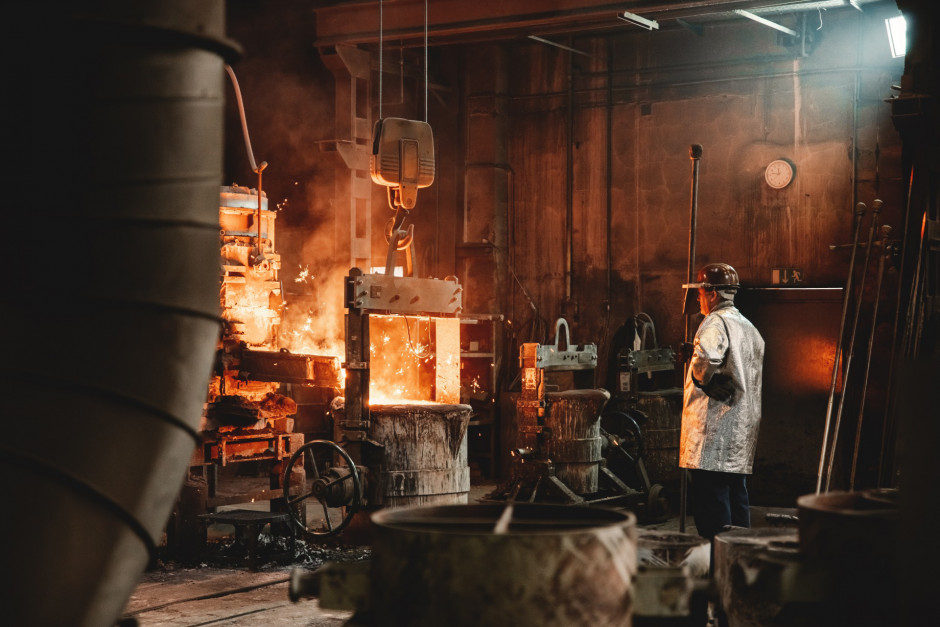
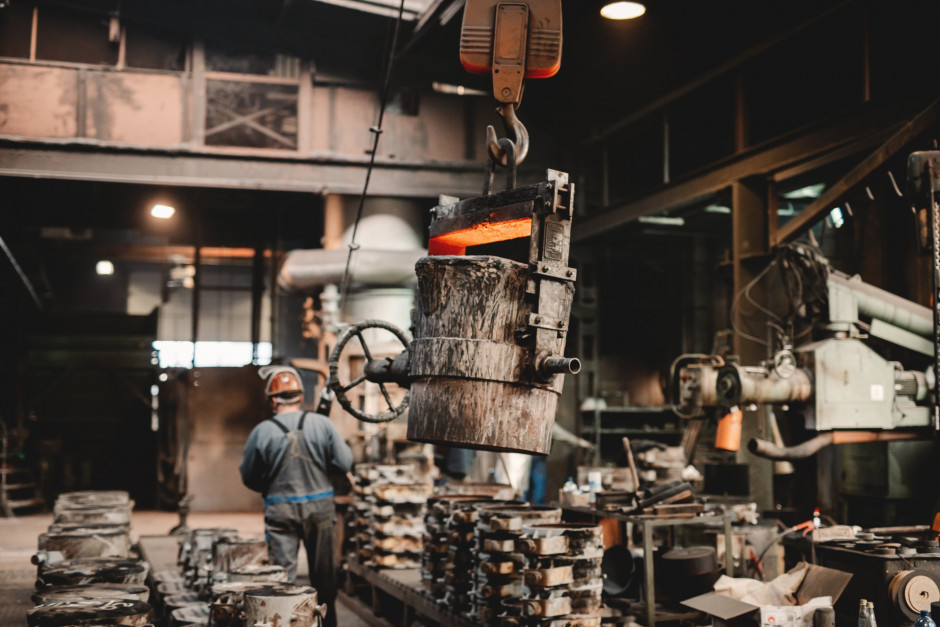
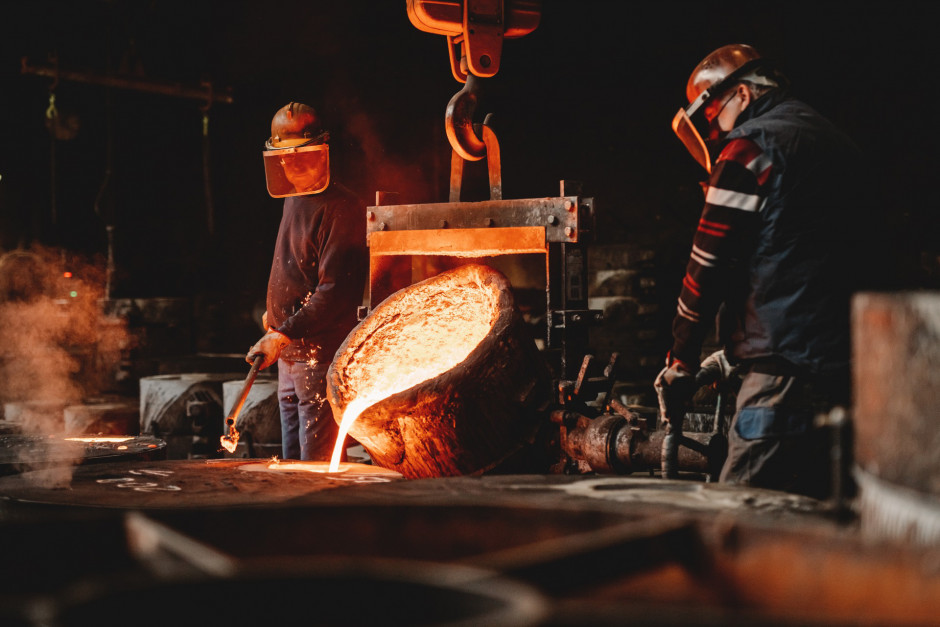

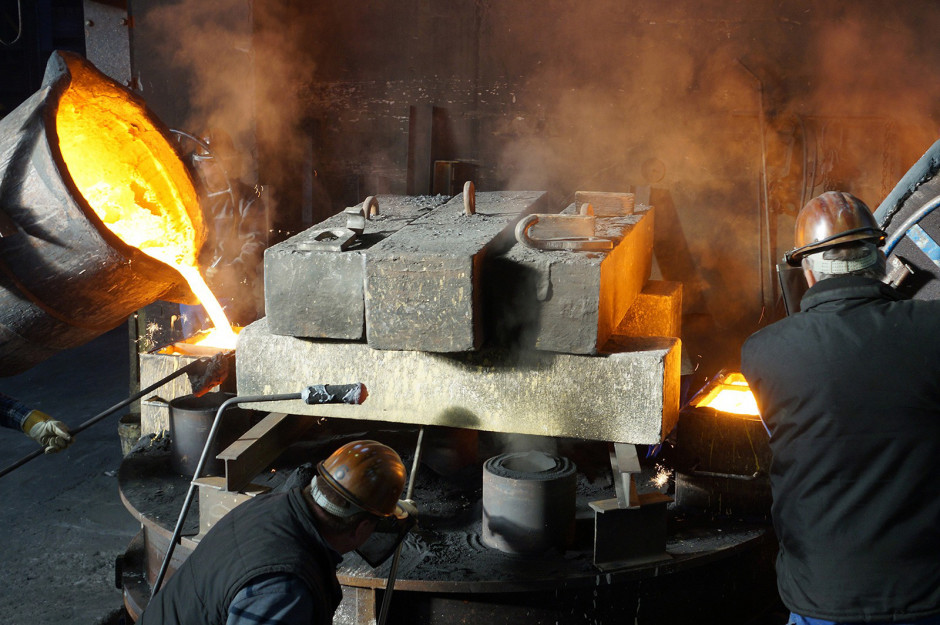
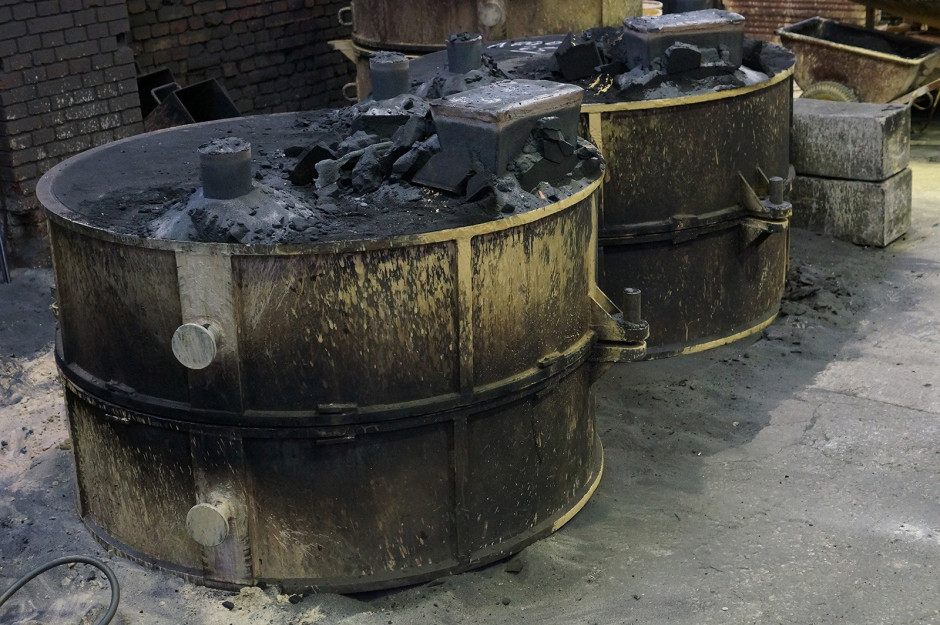
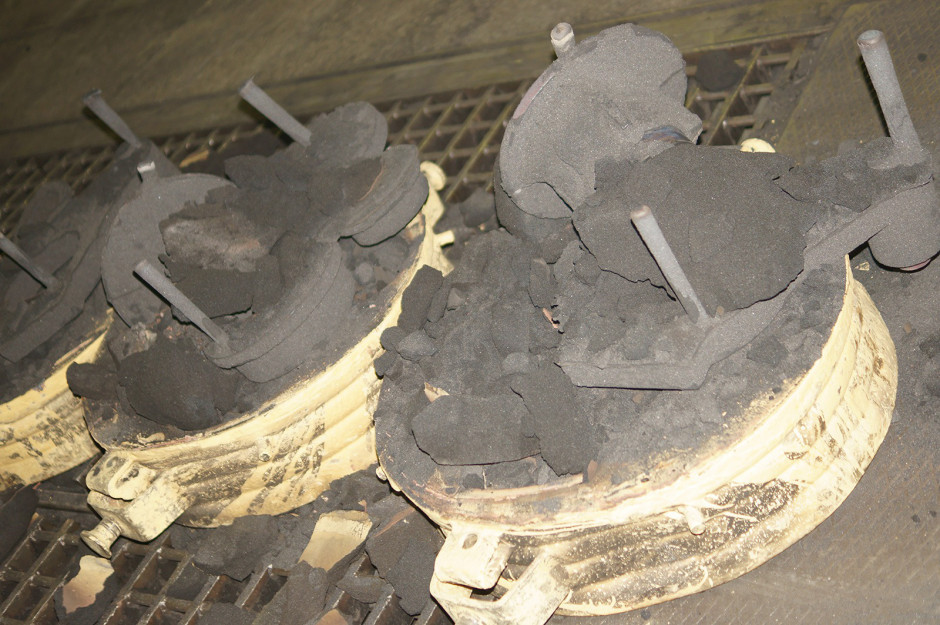
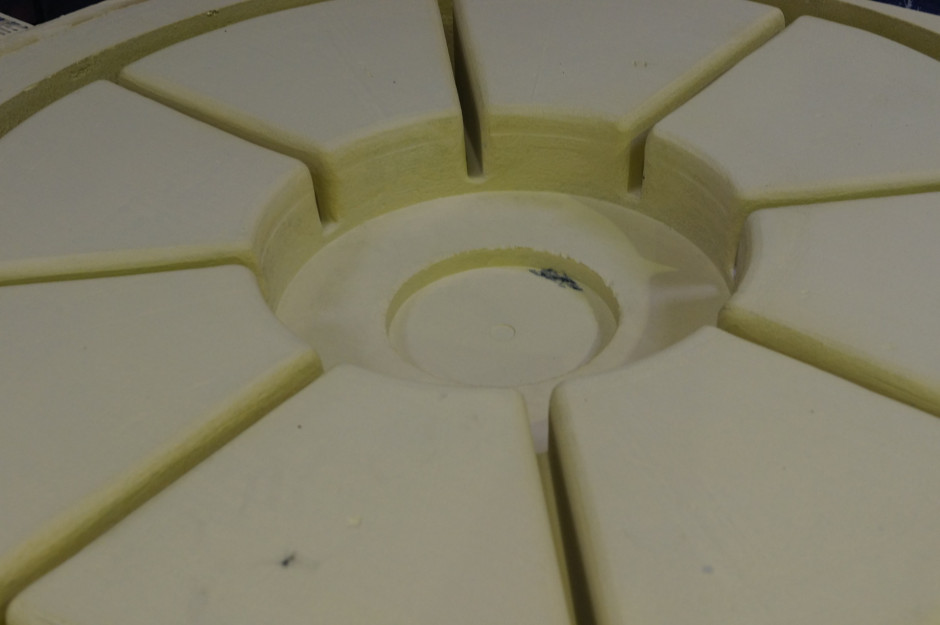
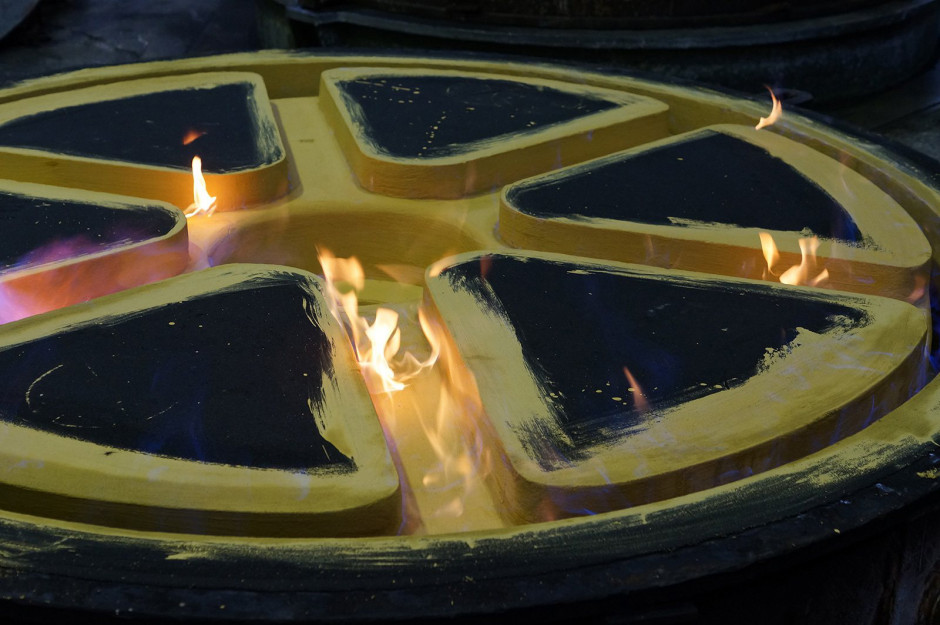
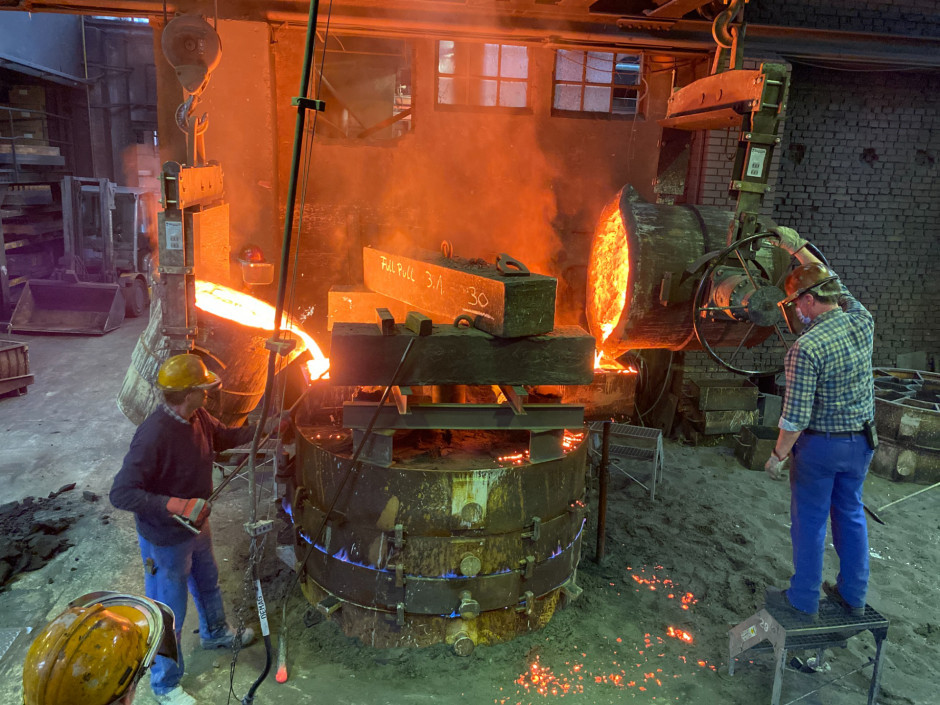
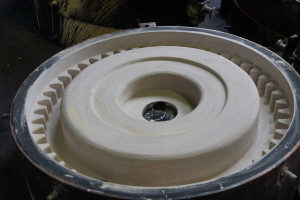
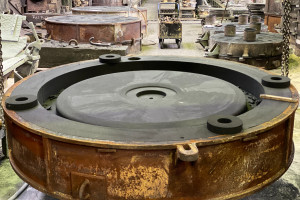
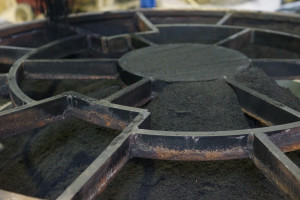

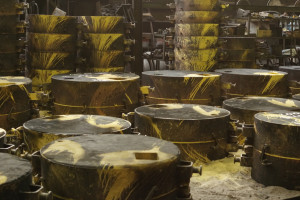
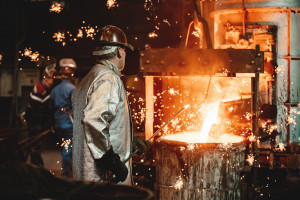
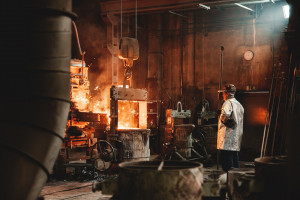
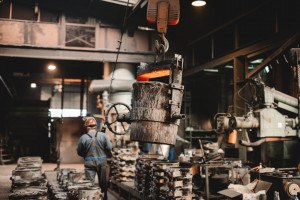
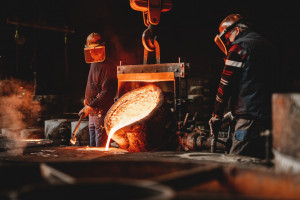

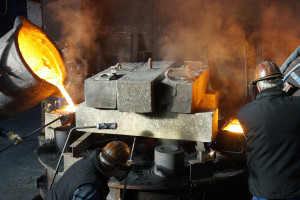
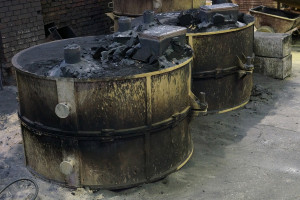
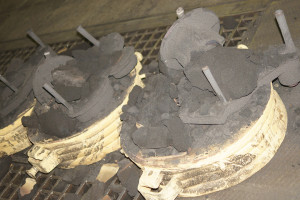
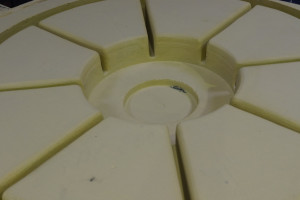
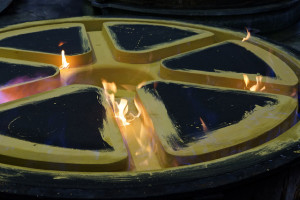
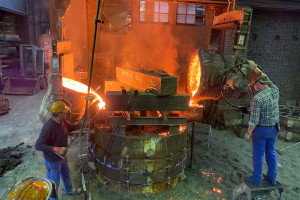
© Copyright Lütgert & Co. GmbH | Phone: +49 52 41 / 74 07 0 | info@luetgert-antriebe.de | Карта сайта| Реквизиты| Политика конфиденциальности Электронная почта по электронной почте
© Copyright Lütgert & Co. GmbH
Telefon: +49 52 41 / 74 07 0
info@luetgert-antriebe.de
Карта сайта
Реквизиты
Политика конфиденциальности
Электронная почта по электронной почте


